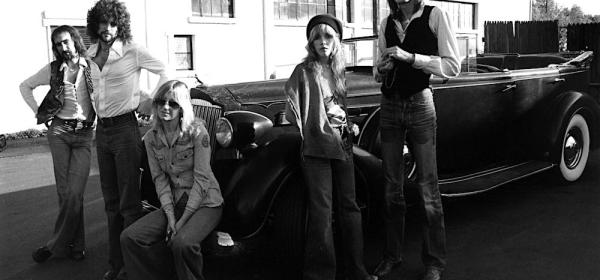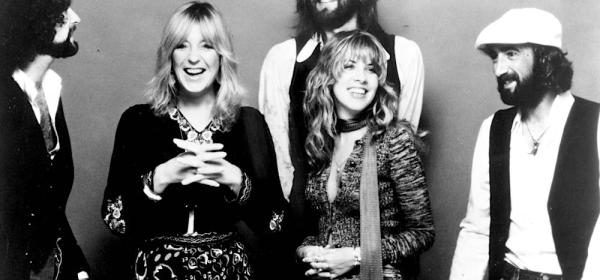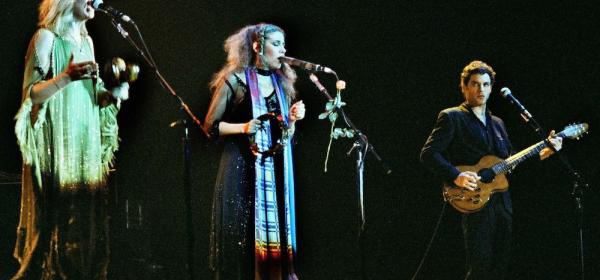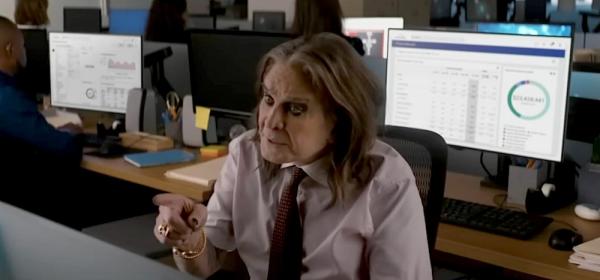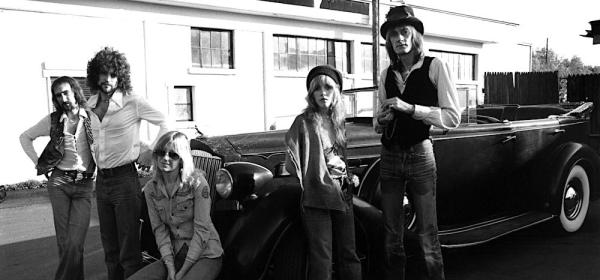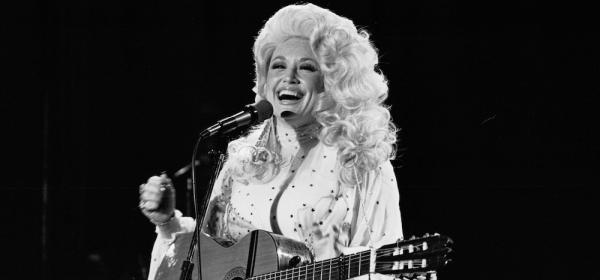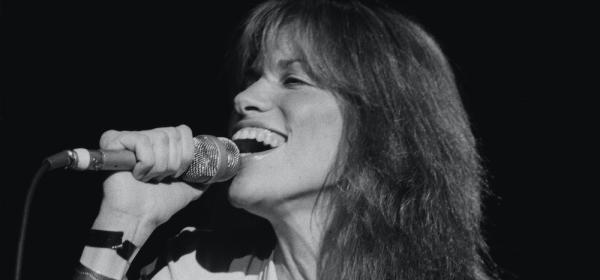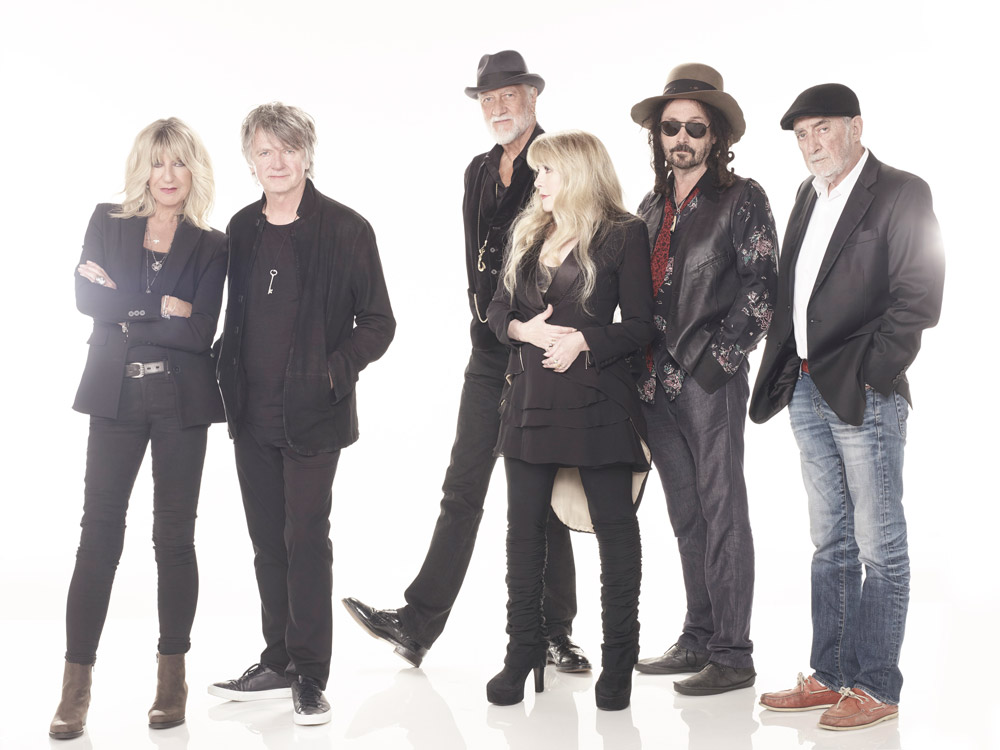
Original Fleetwood Mac frontman and guitarist Peter Green must’ve had a crystal ball when he decided to name his new band Fleetwood Mac in 1967. He named the group after Mick Fleetwood and John McVie, two of his former bandmates in John Mayall’s Bluesbreakers and the two men he wanted in his rhythm section. Even though McVie was late to the party – he initially chose to stay with John Mayall’s Bluesbreakers for the regular paycheck – he and Fleetwood would become synonymous with the band that bore their name, and some 50 years down the line, remain its only two constants.
Fleetwood and McVie also remain the heart and soul of a band that has seen many bigger names come and go, including of course Green – who in the late 60s was one of the most revered guitarists in Britain – and recently-departed front person and lead guitarist Lindsay Buckingham. And of course the ladies – Stevie Nicks and John’s ex-missus Christine McVie.
With a new multi-line-up and Fleetwood Mac's Don't Stop 50th Anniversary just released, we shine a light on every Mac member from go to whoa...
John McVie
John McVie was the first of the original Fleetwood Mac line-up to come to prominence, as an early member of the legendary group that served as a British blues finishing school in the mid-60s, John Mayall’s Bluesbreakers. McVie played with the hugely influential Mayall before the Bluesbreakers even formed, playing on his John Mayall Plays John Mayall debut album in 1965, but he came to prominence with the record that would make the Bluesbreakers name – 1966’s hugely influential and popular John Mayall & the Bluesbreakers with Eric Clapton, which kicked off with this famous Otis Rush cover.
Mick Fleetwood and Peter Green
With Eric Clapton having left to form Cream, Mayall drafted in Peter Green as his replacement in '67, and soon after Green brought with him a young drummer, Mick Fleetwood. Green and Fleetwood had played briefly together in a couple of bands, Peter B's Looners, and the subsequent Shotgun Express, which had also included a young Rod Stewart. Green appeared on the Bluesbreakers’ next album A Hard Road, which was recorded before Fleetwood joined.
Bob Brunning and Jeremy Spencer
When Green decided to leave Mayall (he would be replaced by future Stone, Mick Taylor), he wanted to take the band’s rhythm section with him and decided to name his new group in their honor. Mick Fleetwood was on board straight away, but John McVie hesitated, and his role was initially taken by Bob Brunning, who ended up playing on one track on the band’s debut album, "Long Grey Mare" before McVie came onboard. The band’s fourth member was young guitarist Jeremy Spencer, whose specialty was to mimic bluesman Elmore James’ raunchy slide guitar and declamatory vocals, as heard on tracks like “Dust My Broom” and “I’m Worried.”
Danny Kirwan
Green soon added a third guitarist Danny Kirwan, whose lyrical style was a counterpoint to Spencer’s coarseness. Kirwan would replace Spencer in the band’s frontline; Spencer would soon be reduced to contributing to throwaway rock’n’roll tracks, while Kirwan and Green would lead the group on classic singles like “Black Magic Woman”, “Man of The World” and “Oh Well”, and the superb Then Play On album...
Hello Christine Perfect…
Peter Green left Fleetwood Mac in 1970, and Kirwin and Spencer together led the band through the subsequent album Kiln House. Green’s replacement eventually came in the form of a female keyboard player, Christine McVie – John McVie’s wife. Formerly a member of British blues outfit Chicken Shack under her maiden name Christine Perfect, she’d married John in 1968, and released a successful solo album Christine Perfect, in 1969.
Read more: Before She Was Christine McVie She Was Perfect (And Still Is)
Bob Welch
Spencer was next to go, and, with the band finding more success in the States than at home in England, American guitarist and singer Bob Welch was drafted in. Welch, alongside Christine McVie, helped steer the band in a more melodic direction, particularly after Kirwan was fired in 1972 after an argument with Welch.
Bob Welch fronted the band through it’s seemingly lost years and featured on all Fleetwood Mac releases from Future Games (1971) to Heroes Are Hard to Find (1974). During this time the band featured a couple of even shorter staying members, Savoy Brown lead singer Dave Walker (vocals and harmonica on the 1973 album Penguin) and Bob Weston, who played lead guitar on the albums Penguin (1973) and Mystery To Me (1973)
Buckingham & Nicks make the scene
Welch left Mac in late 1974, and his replacement was singer/songwriter/guitarist Lindsay Buckingham and his girlfriend vocalist Stevie Nicks. The pair had recently released an unsuccessful album under the name Buckingham Nicks, and would, as we all know, become the main faces of the band for their most successful period. Bob Welch would go onto solo success with the singles "Sentimental Lady" (a song he’d first recorded with Fleetwood Mac) and “Ebony Eyes,” and album French Kiss in 1977, featuring contributions from his former Mac bandmates Fleetwood, Buckingham and Christine McVie.
Read more: Stevie Nicks - Life In Pictures
Read more: The Best Of Lindsey Buckingham
Billy Burnette and Rick Vito
Buckingham left Fleetwood Mac in 1987 and was replaced by two guitarists: Billy Burnette and Rick Vito. Billy was the son and nephew respectively of legendary 50s rock’n’rollers Dorsey and Johnny Burnette, and the cousin of Rocky Burnette of 1980 hit single "Tired of Toein' the Line" fame. Billy had had a moderately successful career as a country and rockabilly singer and songwriter and had already worked with Fleetwood in his band The Zoo, as well as Buckingham and McVie before getting the call-up. Some of Billy’s early 80s material has a similar Buddy Holly-like feel to Lindsay Buckingham’s great Mac album openers “Monday Morning” and “Second Hand News.”
Vito was a journeyman blues-rock player who had worked and continues to work with the likes of Bob Seger and Bonnie Raitt, and who played with the Mick Fleetwood Blues Band at Byron Bay’s Bluesfest in 2016. He clearly had an affinity with the earlier Mac material, as can be heard in this sweet cover of Peter Green’s “Albatross.”
Burnette and Vito appeared on the Mac album Behind The Mask together, and both were notably involved in the song-writing, even co-writing the track “When The Sun Goes Down” together.
Read more: I Like: Fleetwood Mac Playlist
Bekka Bramlett and Dave Mason
Two lesser known members of 90s Fleetwood Mac were two artists better known for other connections – Bekka Bramlett and Dave Mason. Bramlett was the daughter of revered American rock/soul pair Delaney and Bonnie Bramlett and had been a member of Mick Fleetwood's band the Zoo (alongside Australia’s own Billy Thorpe!) before her involvement with Fleetwood Mac, and in a country duo with Billy Burnette after her brief time in the band. Dave Mason first found fame in legendary late 60s outfit Traffic alongside Stevie Winwood, and who had worked alongside any number of notables including the Rolling Stones, George Harrison, Eric Clapton, Jimi Hendrix, and Bekka Bramlett’s parents, Delany & Bonnie. He wrote the song “Feelin’ Alright” for Traffic, which later became synonymous with Joe Cocker. Bramlett, Mason and Burnette all appeared on the unsuccessful 1995 Fleetwood Mac album Time.
Time did feature Lindsay Buckingham on backing vocals on one track, but no Stevie Nicks. While Bekka Bramlett didn’t have the distinctive voice that Stevie had, she filled Stevie’s position unflinchingly.
Mike Campbell and Neil Finn
The final two Fleetwood Mac members, of course, the newbies - Lindsay Buckingham’s replacements Mike Campbell and Neil Finn. Mike Campbell was Tom Petty’s right-hand man and Heartbreakers’ guitarist since their inception and had also worked with Tom on a number of Stevie Nicks solo albums. Neil Finn was strictly out of left field in terms of Mac connections, but with a tour now underway, seems to be fitting in well. We finish here with some classic work from the two latest Mac members and look forward to whatever they might do in the studio.
Read more: Watch Fleetwood mac's 2018 Line Up Perform Live On Ellen


